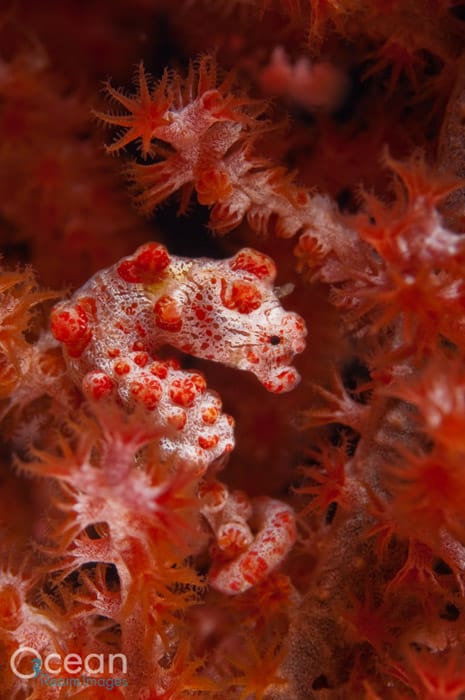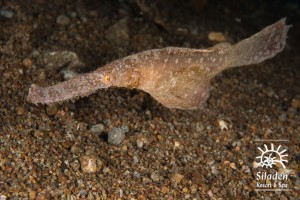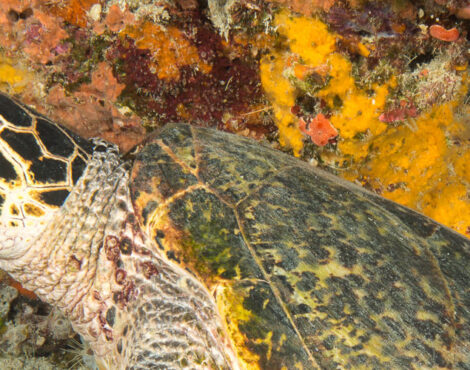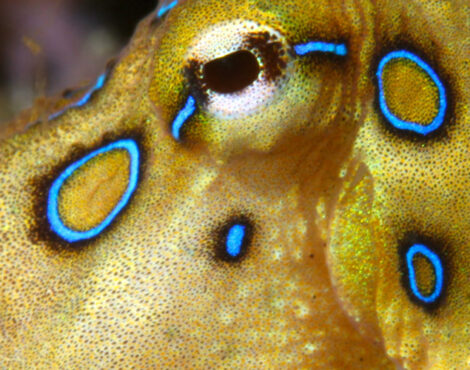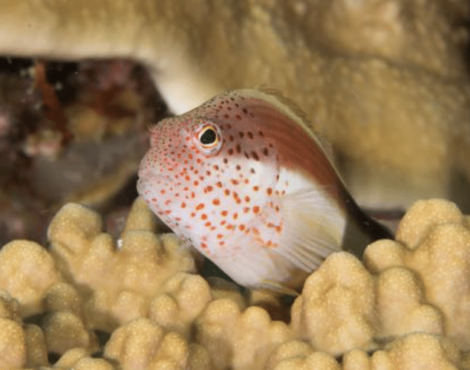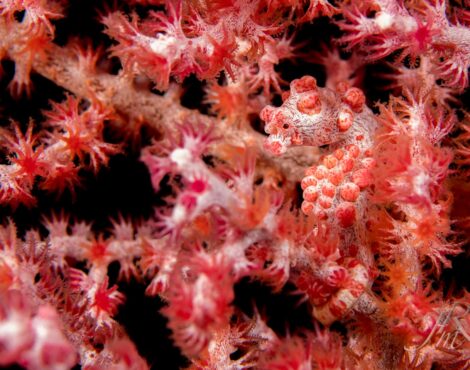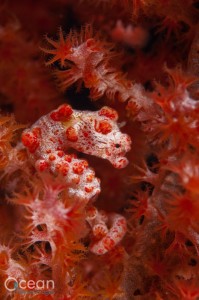
The Diverse Coral Triangle: Bunaken Marine Park’s Biodiversity Marvel
Coral reefs are considered the most diverse ecosystems on the planet, and this is especially true for anywhere found in the ‘Coral Triangle’ such as ;Indonesia, The Philippines, Papua New Guinea and Malaysia. North Sulawesi sits directly in the heart of the coral triangle, and therefore experiences an almost unparalleled variety of marine life. Bunaken Marine Park is estimated to host over 2000 species of fish, which means that life on our coral reefs is extremely competitive. Different creatures have evolved a number of ways to be able to cope with competition and avoid predation, but one of the most fascinating animal adaptations that we can easily observe whilst diving is mimicry and camouflage.
Mimicry in the Coral Realm: Nature’s Deceptive Strategy
Mimicry involves at least two different species. Sometimes these different species belong to the same genera, but often they belong entirely to another family that may have similar features, such as size, colour or shape. One of the species involved in mimicry is called the ‘model’ and will have a particular feature that is off putting to other creatures. This could be anything from venomous stinging barbs, poisonous flesh, a painful bite, A foul taste, or perhaps as simple as not being considered a food source. The idea is that the species that mimics the model tricks other organisms into believing it is one of them, and therefore is of no interest, or should be avoided.
Masters of Disguise: Intriguing Examples of Marine Mimicry
While you can see examples of mimicry all over the world, Bunaken Marine Park offers a huge variety of some truly incredible mimicry & camouflage. The beautiful yet subtle ‘Robust Ghost Pipefish’ is found on some of the walls surrounding Bunaken & Siladen, but is most frequently encountered whilst muck diving on the Sulawesi mainland. They typically live in pairs and drift with the currents or surge, looking more like a piece of detached sea grass than a fish. Another great example is the ‘Mimic File-Fish’, which has evolved to look almost identical to the highly poisonous ‘Black Saddled Toby’, and even follows its model around to further confuse potential predators.
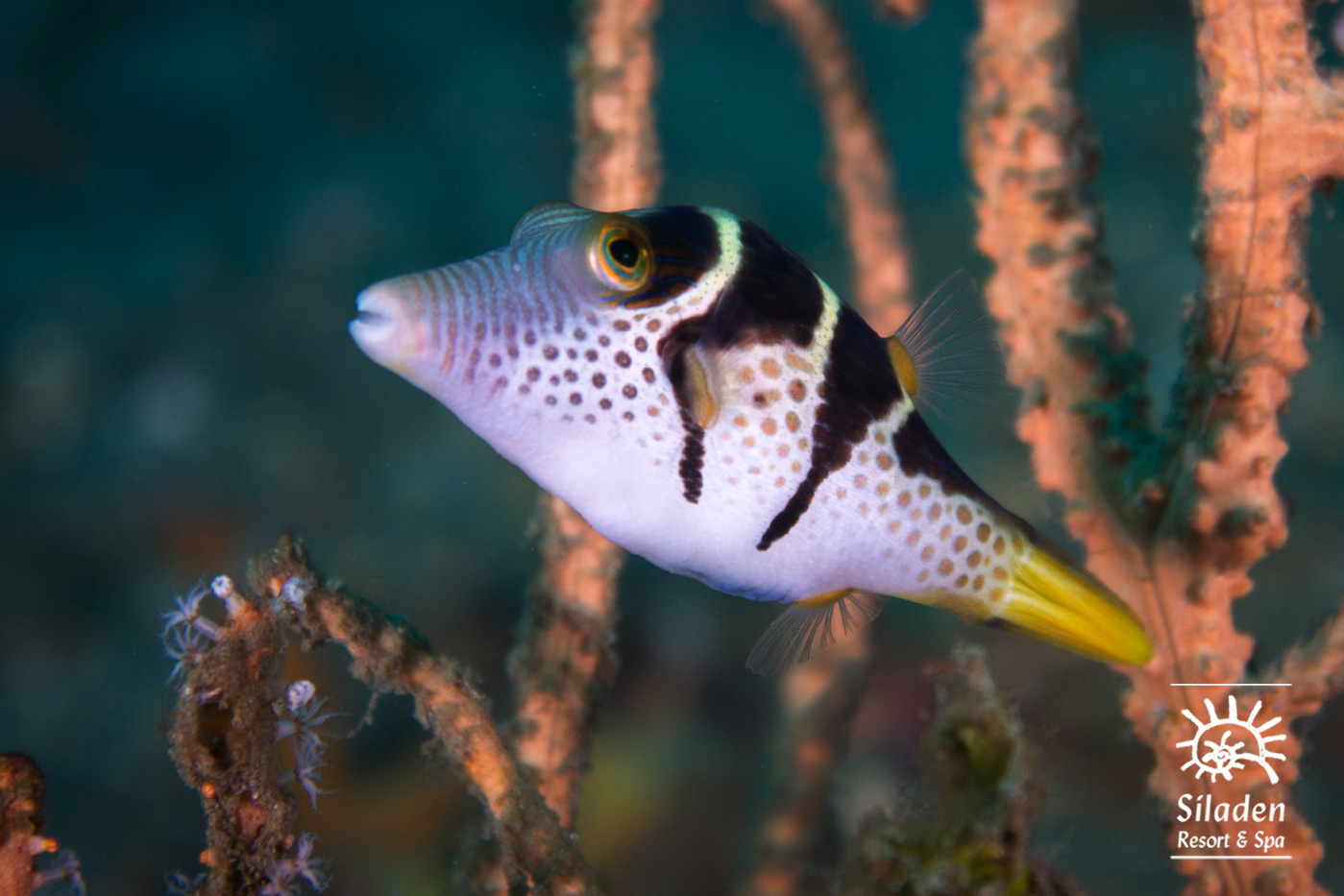
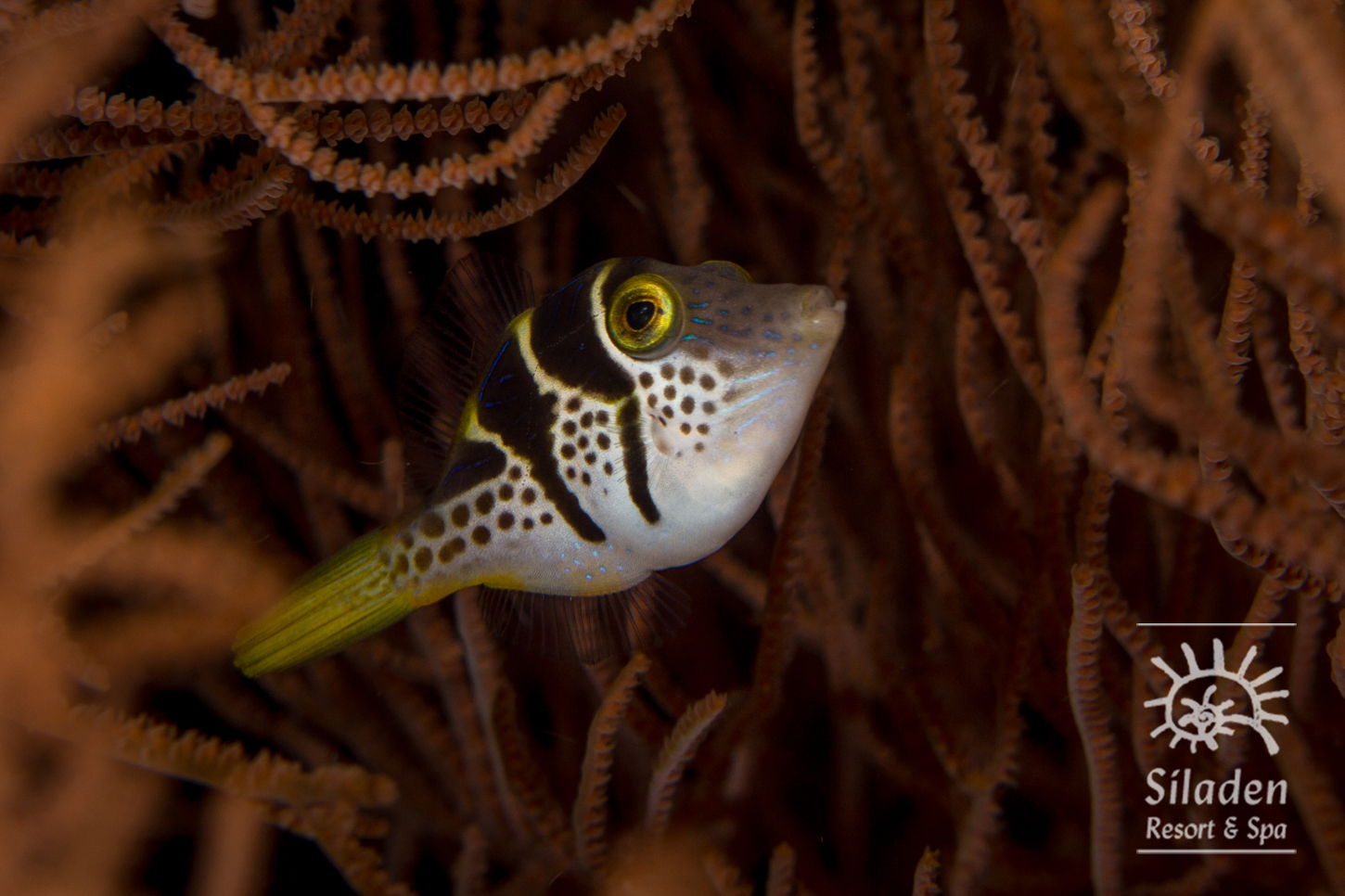
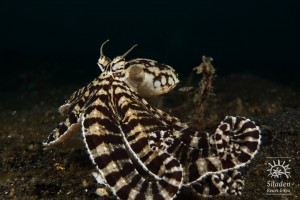
Survival Through Deception: The Art of Aggressive Mimicry
Most species of octopus lack any kind of physical defense such as spines or a powerful bite, however their ability to mimic their surroundings is second to none. In a fraction of a second they can completely alter their colour and texture, blending into the background and effectively disappearing. The aptly named ‘Mimic Octopus’ takes another approach and changes its shape to match that of a creature that should be avoided such as a lionfish or a sea snake. In its new form it can casually swim away from predators that now fear for their own safety.
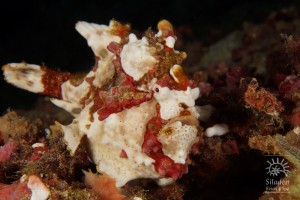
Discovering the Wonders of Bunaken: A Seasonal Dive into Marine Mimicry
While many creatures have evolved mimicry to keep safe from predators, others have evolved it to bring prey to them. This is known as aggressive mimicry. The skin of the ‘Warty Frogfish’ looks very similar to the surface of a sponge. It slowly creeps up on its prey, before dangling a shrimp looking lure close to its mouth. When the prey thinks it has an easy meal and goes for the attack, the frogfish drops its lower jaw and engulfs its prey in a split second. The juvenile of the ‘Two-Spot Red Snapper’ looks very similar to some species of Damselfish, which are herbivores and therefore not feared by other marine species. The snapper will use this mimicry to approach any unsuspecting prey.
These are just a few of the countless fantastic examples of mimicry that you can witness whilst scuba diving in Bunaken Marine Park. Just like many terrestrial animals, the critters that we see underwater can be seasonal, so you will always get fresh chances to discover new things.

